Queen Anne's can range from incredibly intricate to almost plain, but the common characteristic that I see over and over again is that they are asymmetrical in their footprint. Sometimes jarringly so, sometimes subtly. Often coated in "gingerbread" and bright paint colours, the opposite can also be true.
These first two examples sort of explain why Queen Annes are sometimes referred to as "painted ladies". Colour schemes can include three or more colours, depending on the trim work.
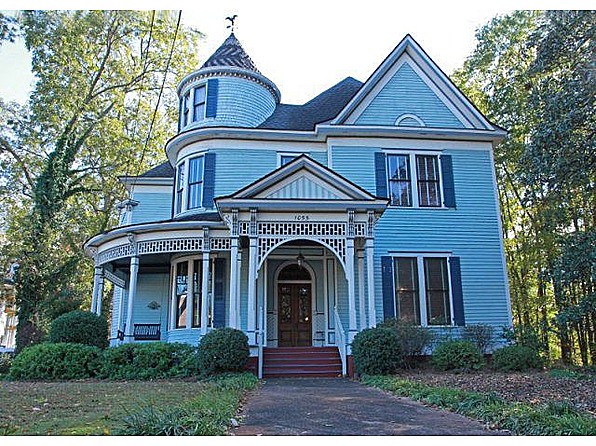
1893 Queen Anne, Georgia
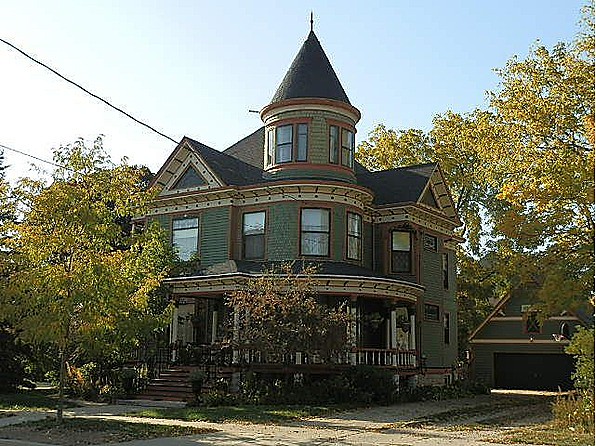
1891 Queen Anne, Wisconsin
A common identifying structure of a Queen Anne is the presence of a turret, as the first two pictures as well as the next one show.
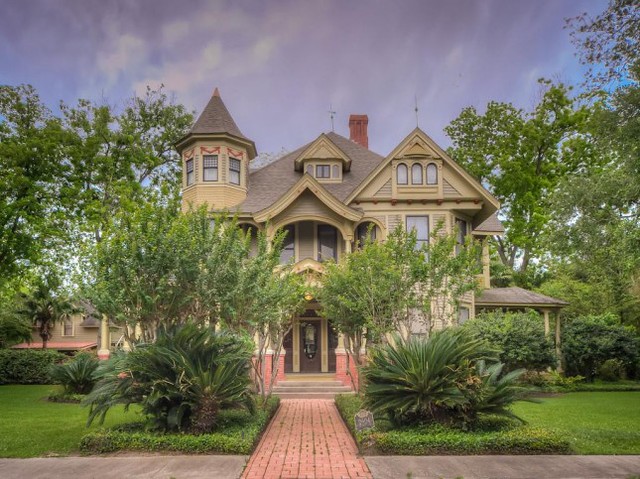
1909 Queen Anne, Texas
It's not mandatory, though...
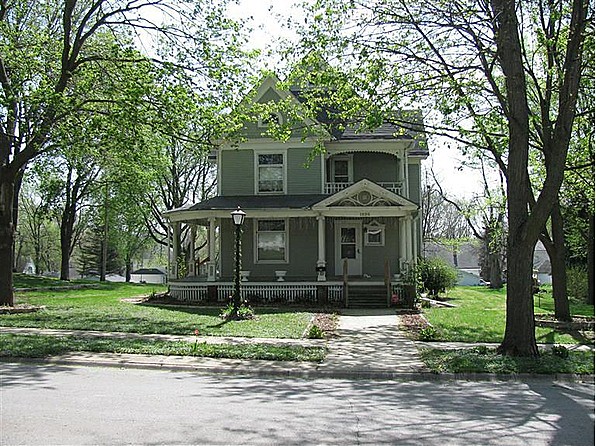
1907 Queen Anne, Iowa
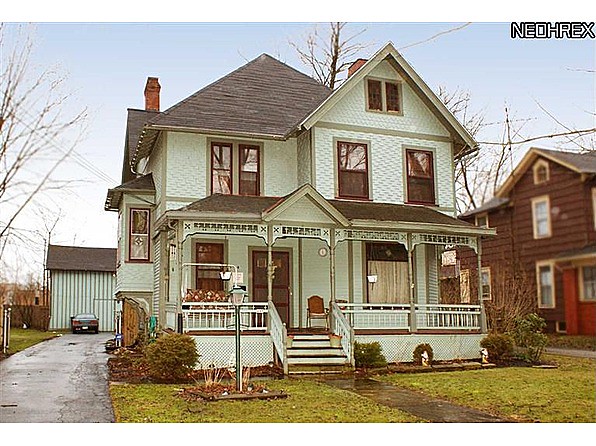
1889 Queen Anne, Ohio
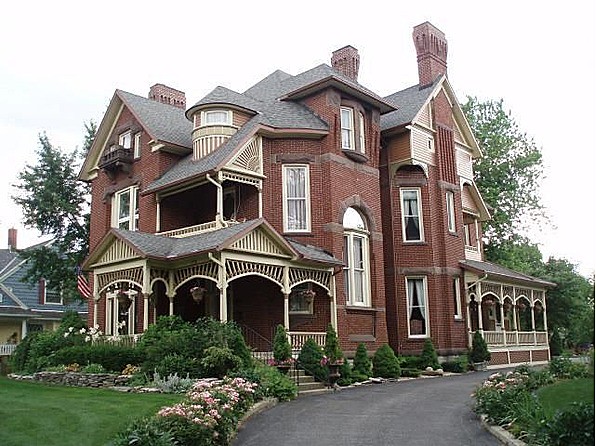
1888 Queen Anne, Ohio
Our new old house is brick, as are most old homes in Ontario. It doesn't have a turret, and it is most definitely on the plain end of things. But, it's a Queen Anne. It's asymmetrical, it has a generous front porch, side porch, and upper level verandah (although any gingerbread and fancy balusters that the porches may have boasted originally have been lost and replaced with more modern things). Most of these houses also have various surface textures that make up the exterior - ours is almost entirely brick, with the exception being the gable ends (all four of them!)which are covered in wood planks.
The house was built in 1906 to replace an older original home. I'm hoping that when we get in there we find that they recycled some of the hardware from the original house!
So...which house is your favourite? Or is Queen Anne really not your thing?
PS - all of those houses were listed for sale! Click on through to see how much they were going for, if you're interested.
Did you like this post? Click here to subscribe and be notified of new posts. You can also find me on Twitter, Facebook, and Pinterest.







